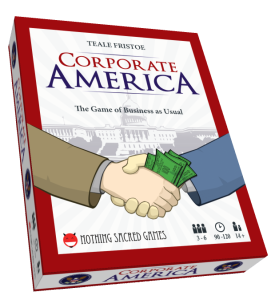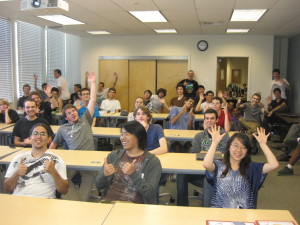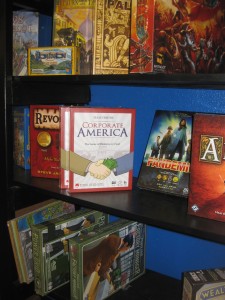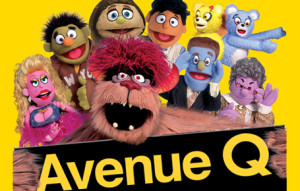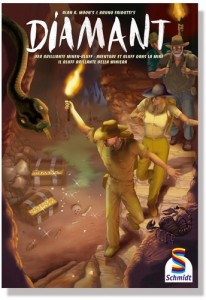Magic: the Gathering is a 20 year old behemoth. Each year, it seems to get more popular and make more money. Wizards of the Coast, the company that makes the game, must be doing something right, right?
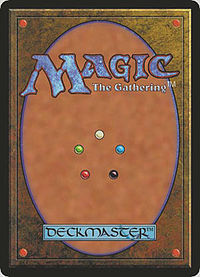
Magic: Pretty popular. Image from Modern Myths.
It turns out they’re doing a lot right. But that doesn’t mean they’re doing everything right.
Magic is an extremely fun game, but it’s not perfect. A large part of its success comes from its position as the first collectable card game, a much loved and very profitable genre. That innovation made players willing to overlook some of Magic‘s less than ideal qualities.
Today, I’m going to take a look at one of Magic‘s biggest flaws and explain how I would try to fix it. In doing so, I’ll show how to approach challenging design problems and encourage you to take a critical, honest look at everything, even games you love.
Before I get into the details, I’ll cut the suspense: the problem I’m going to address is the land system, one of the fundamental pacing mechanisms of the game.

